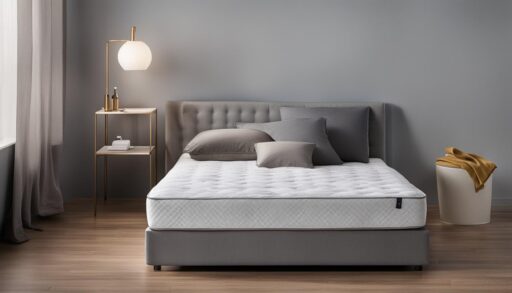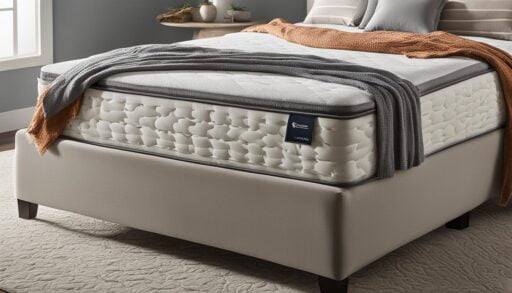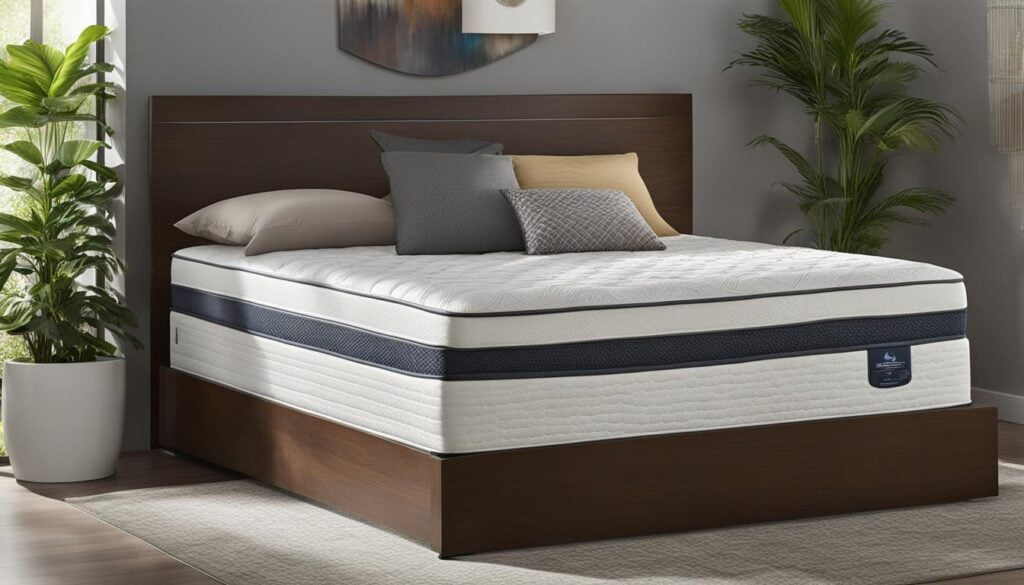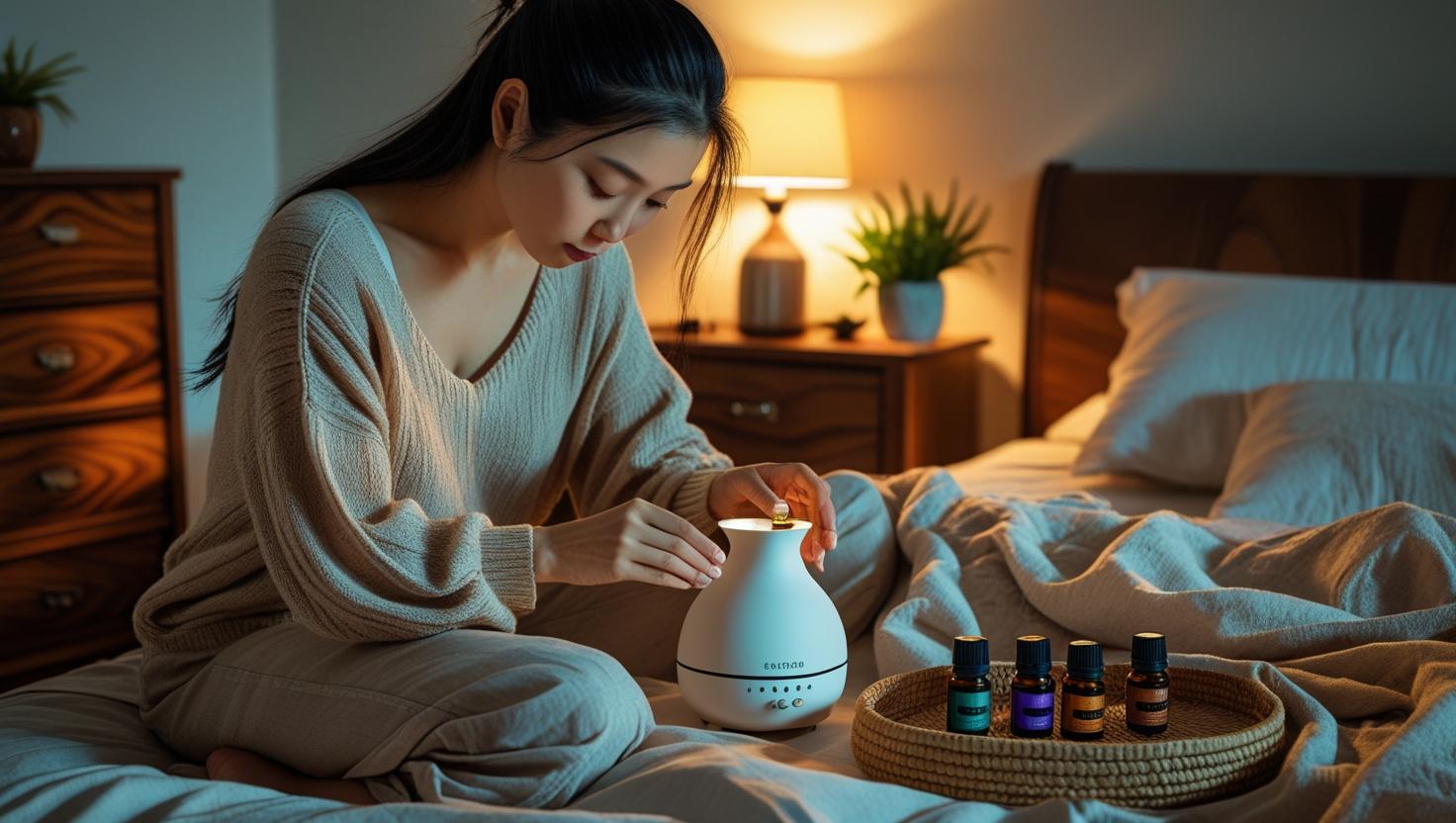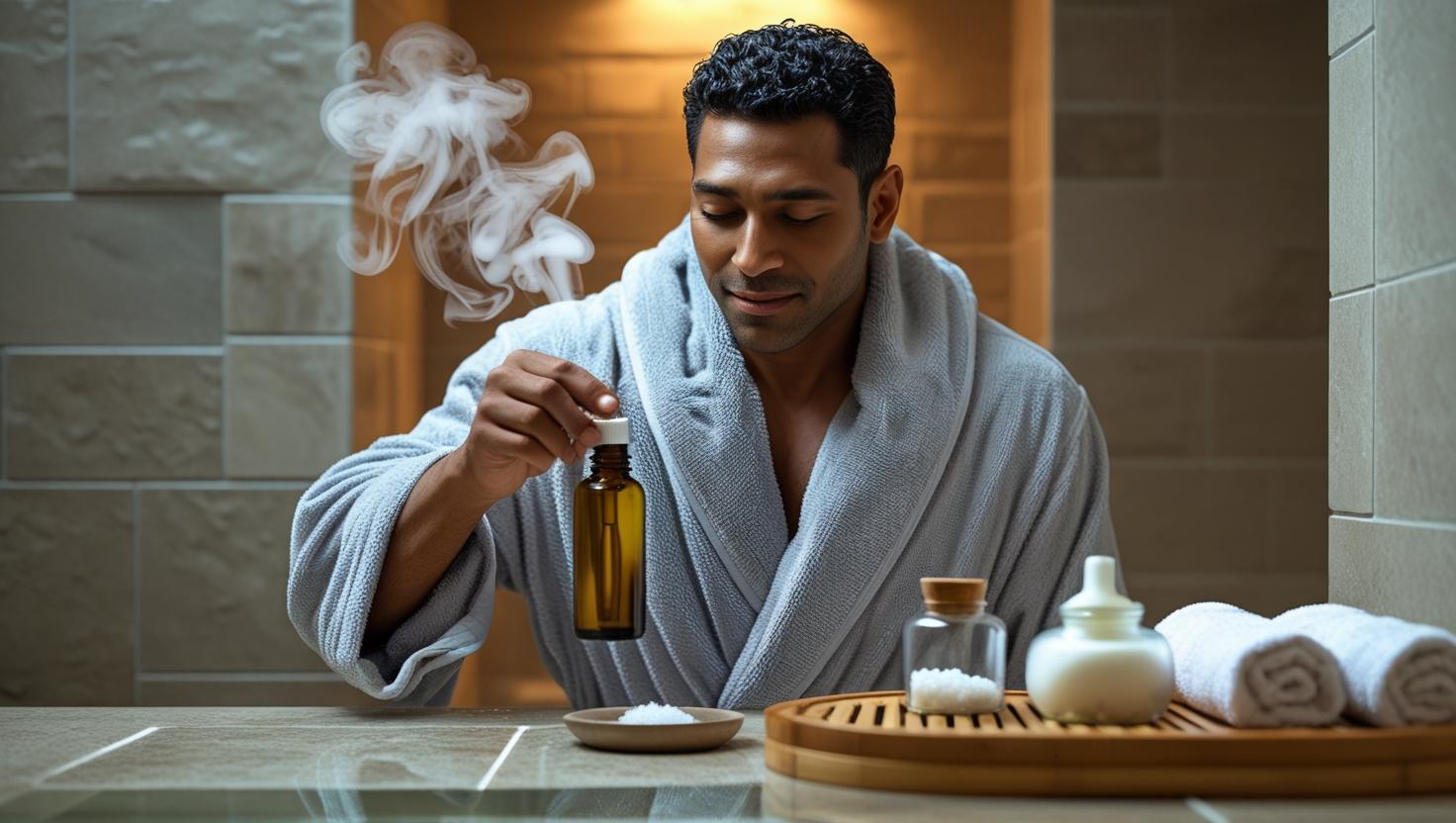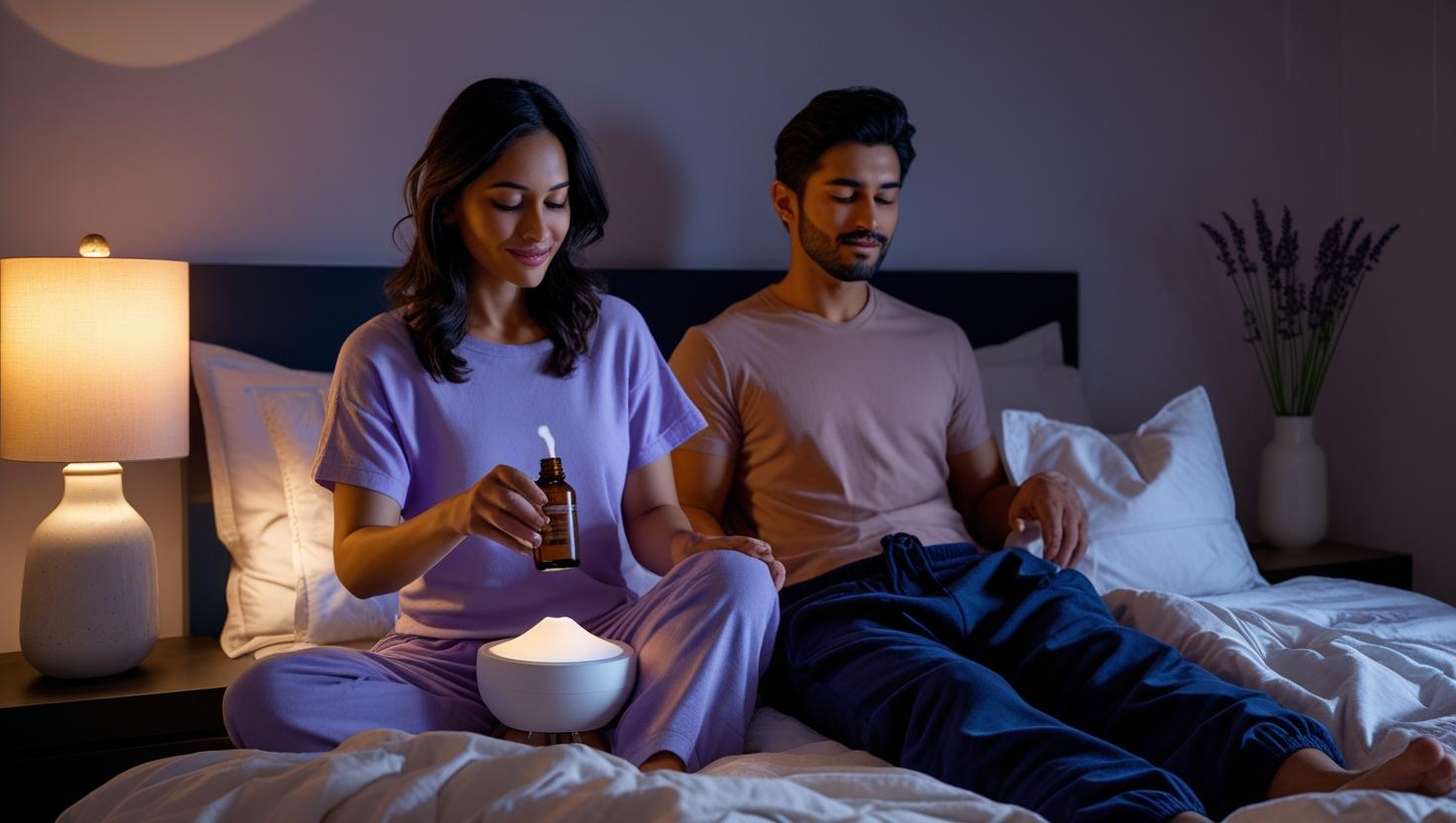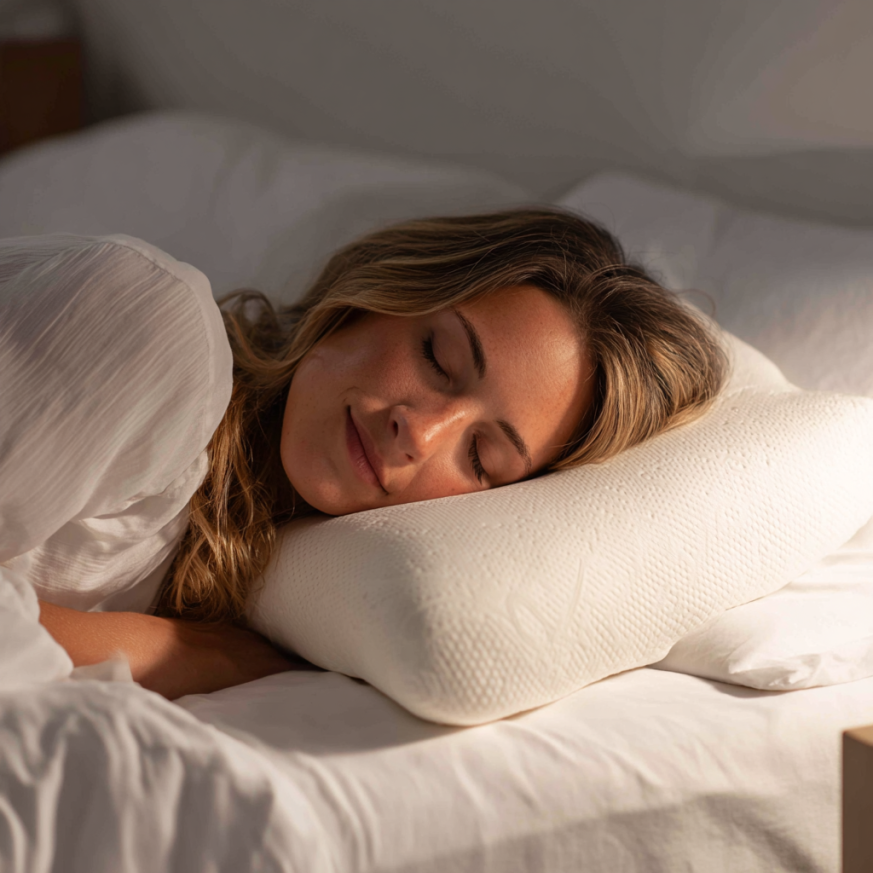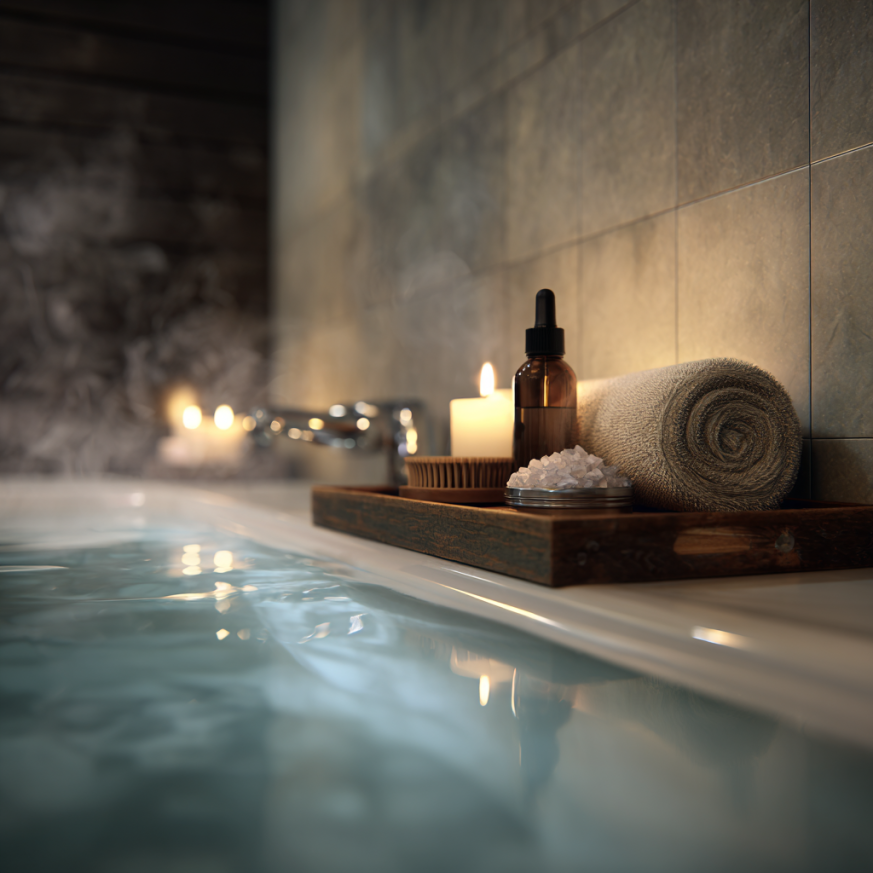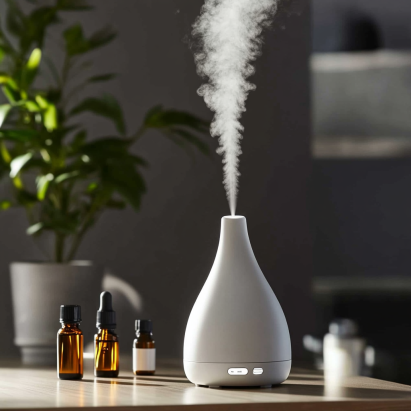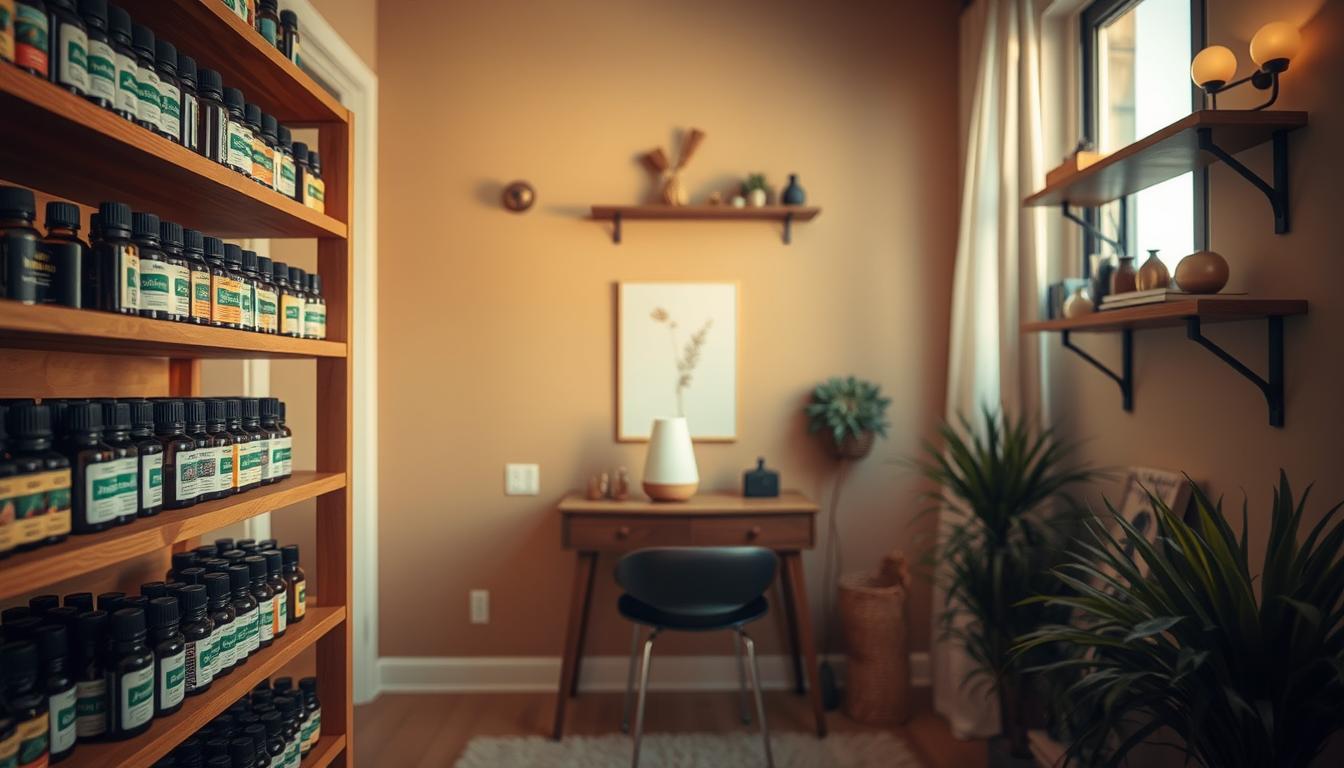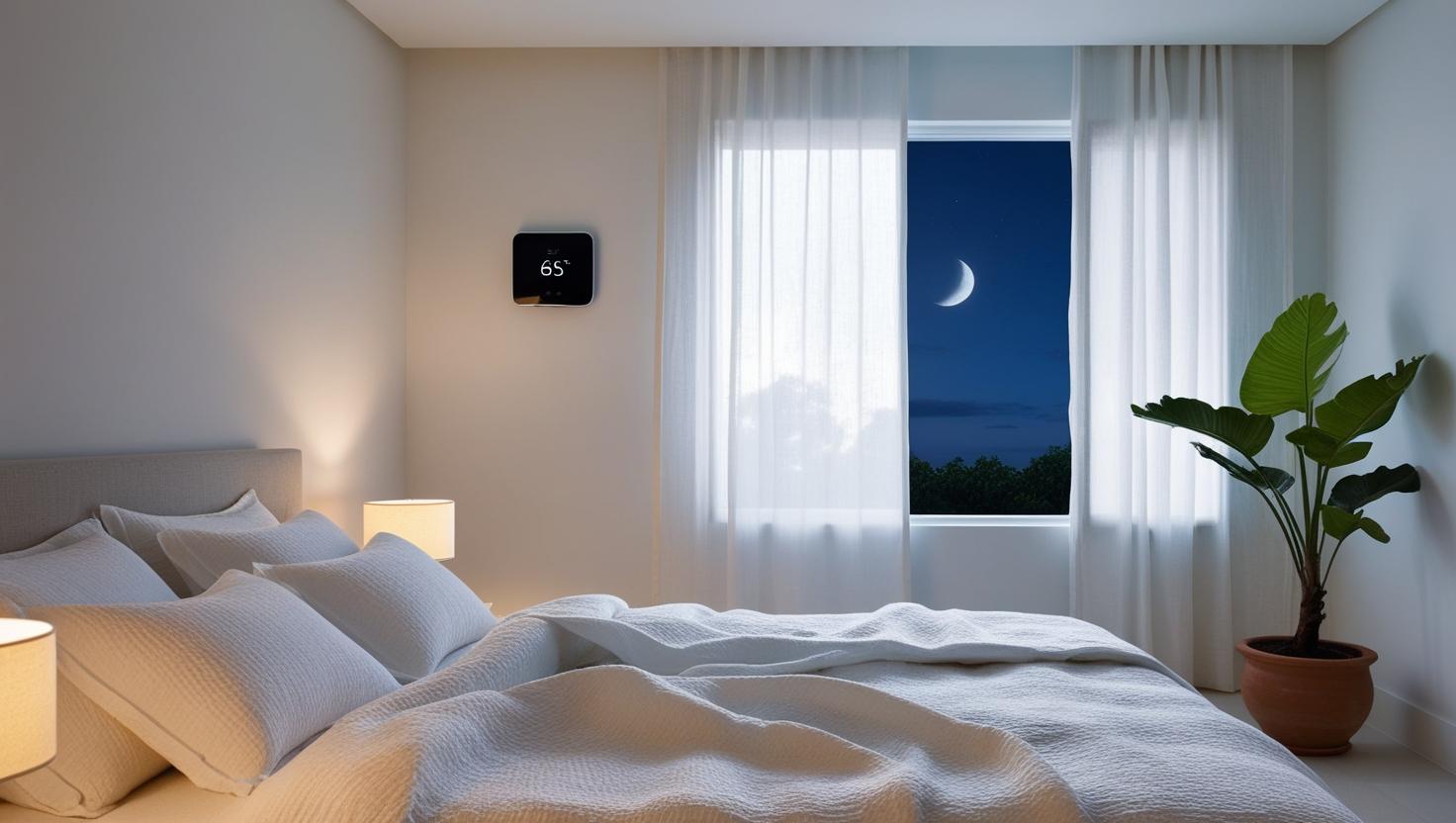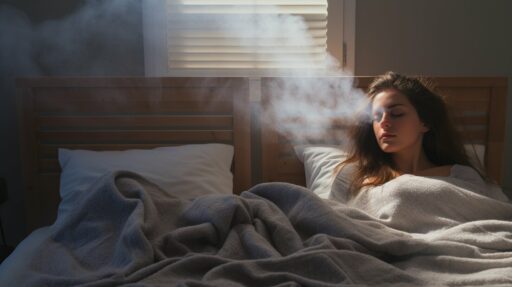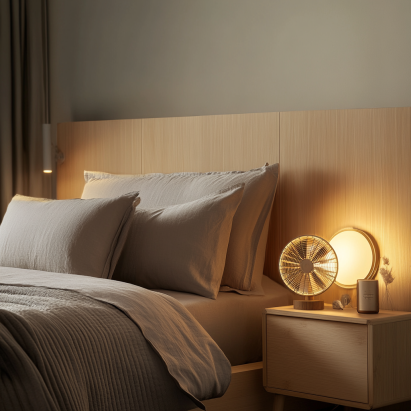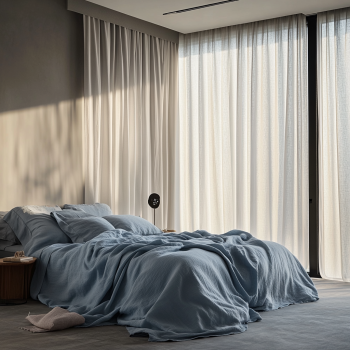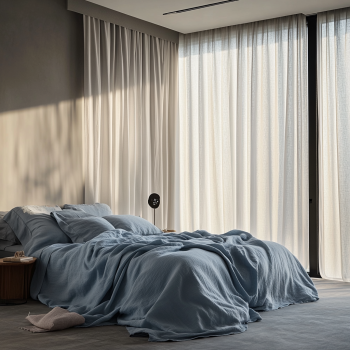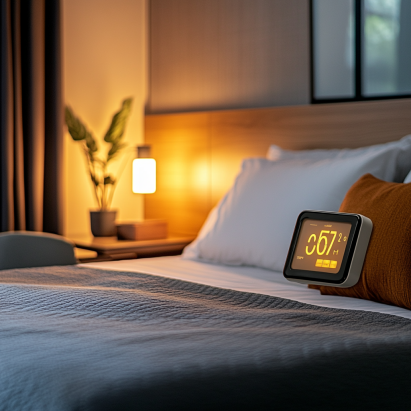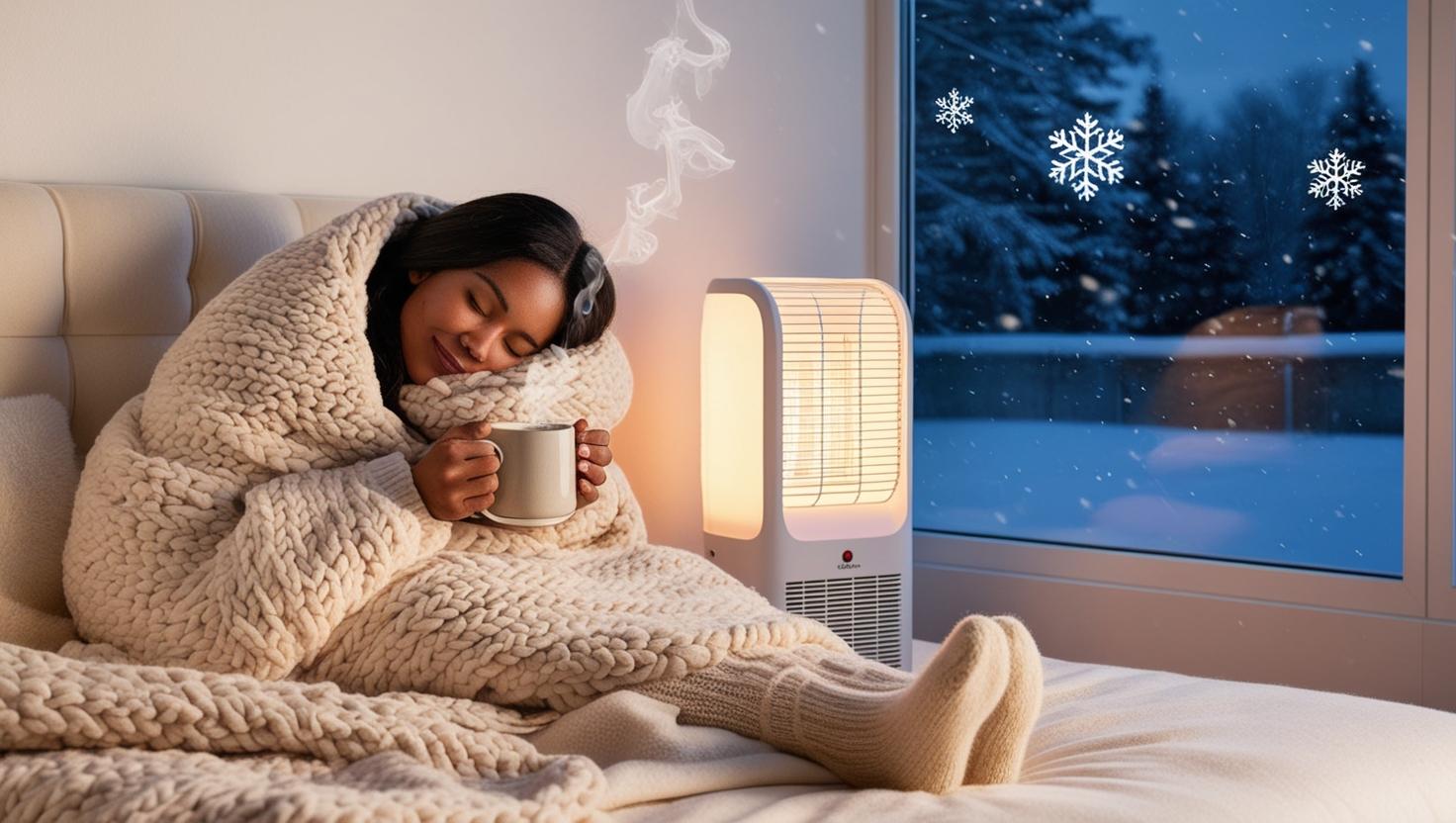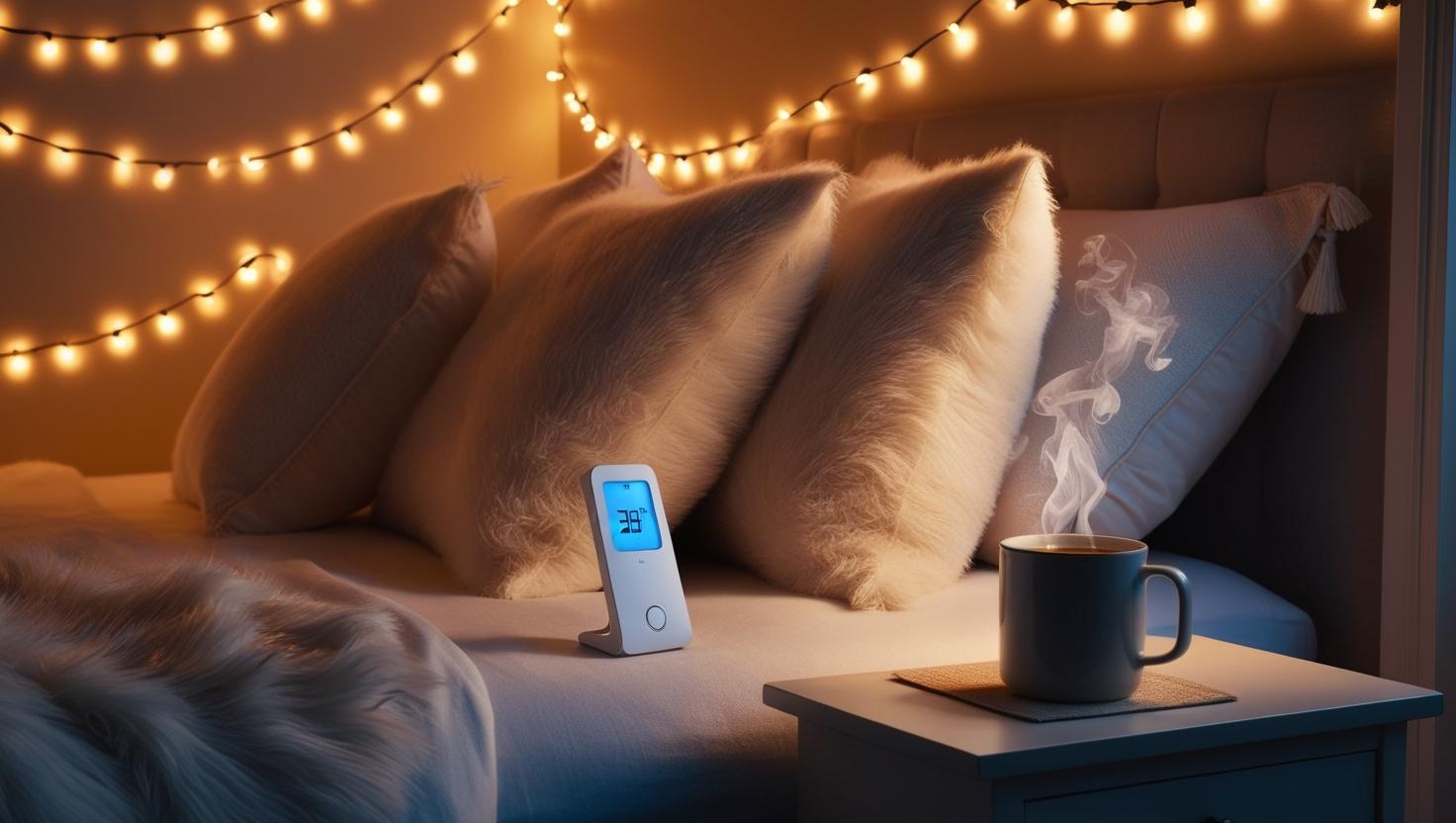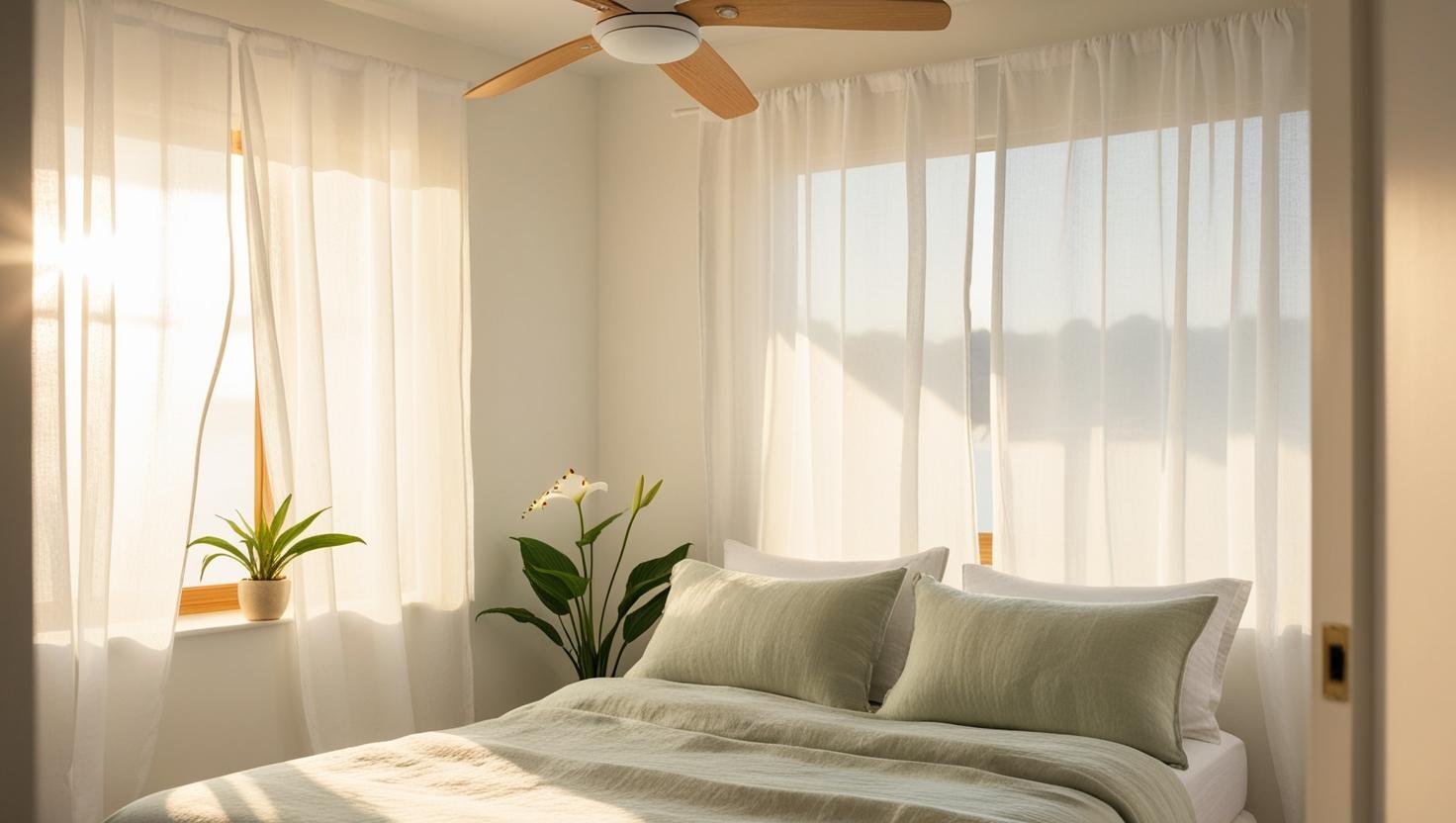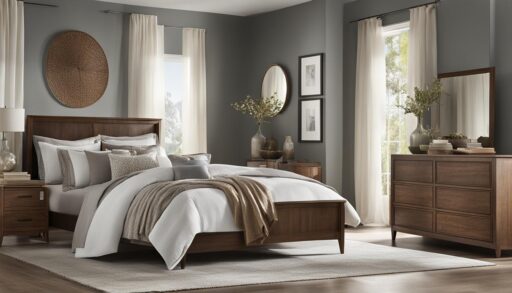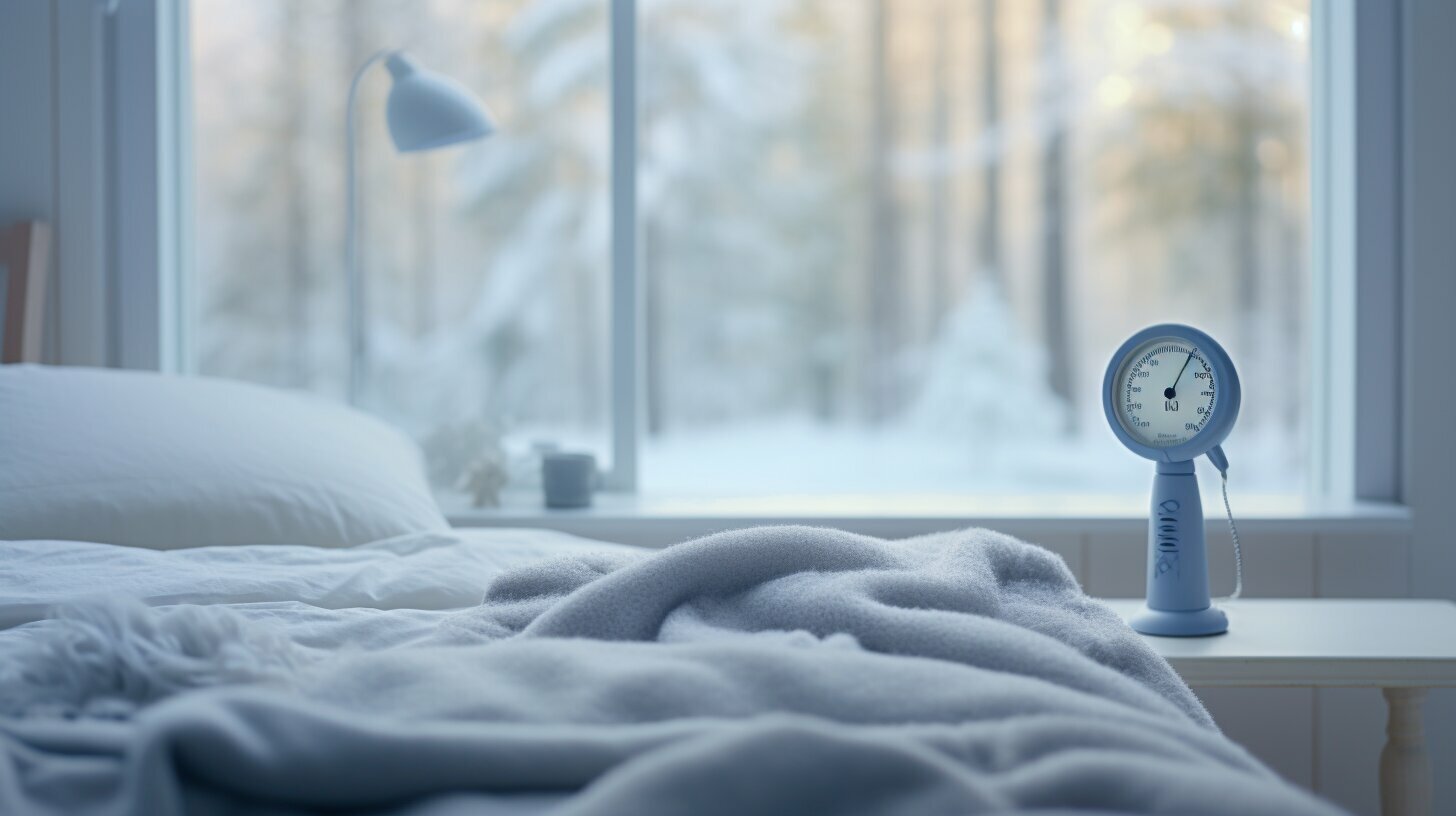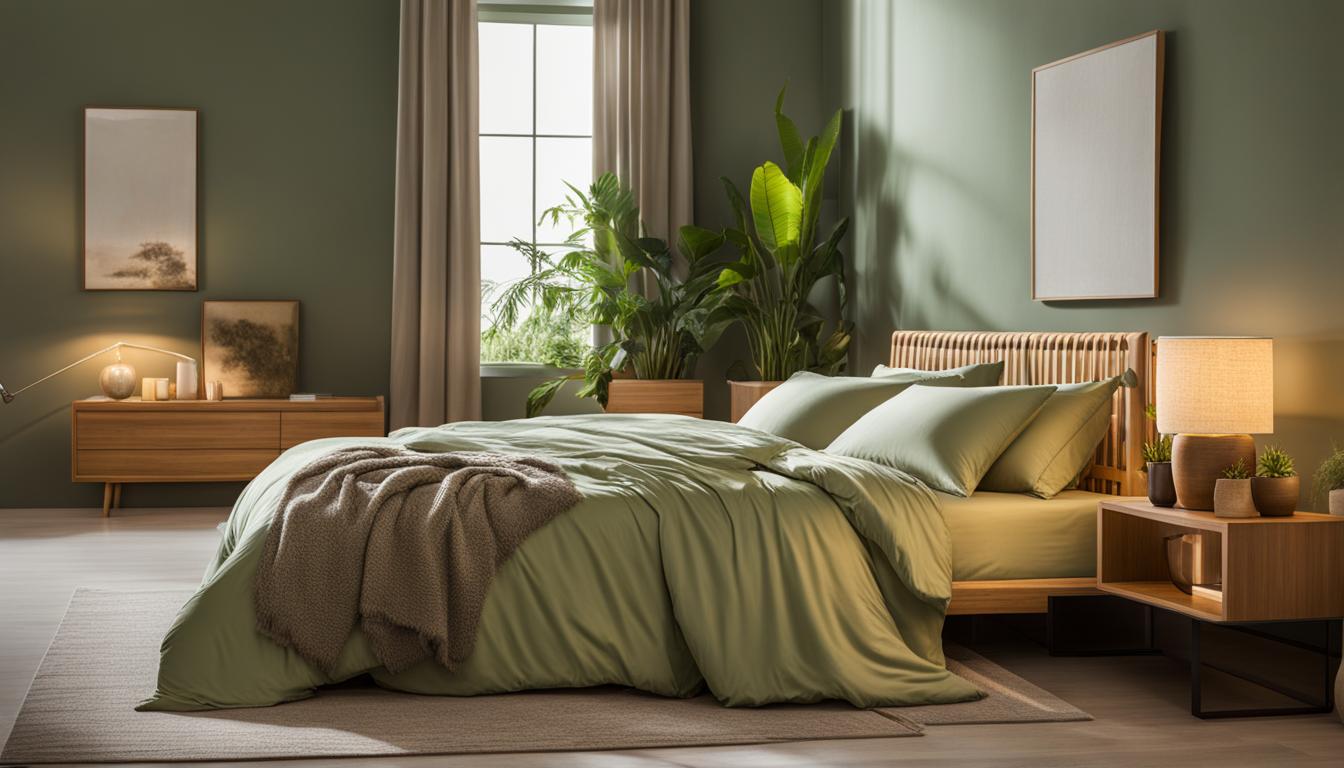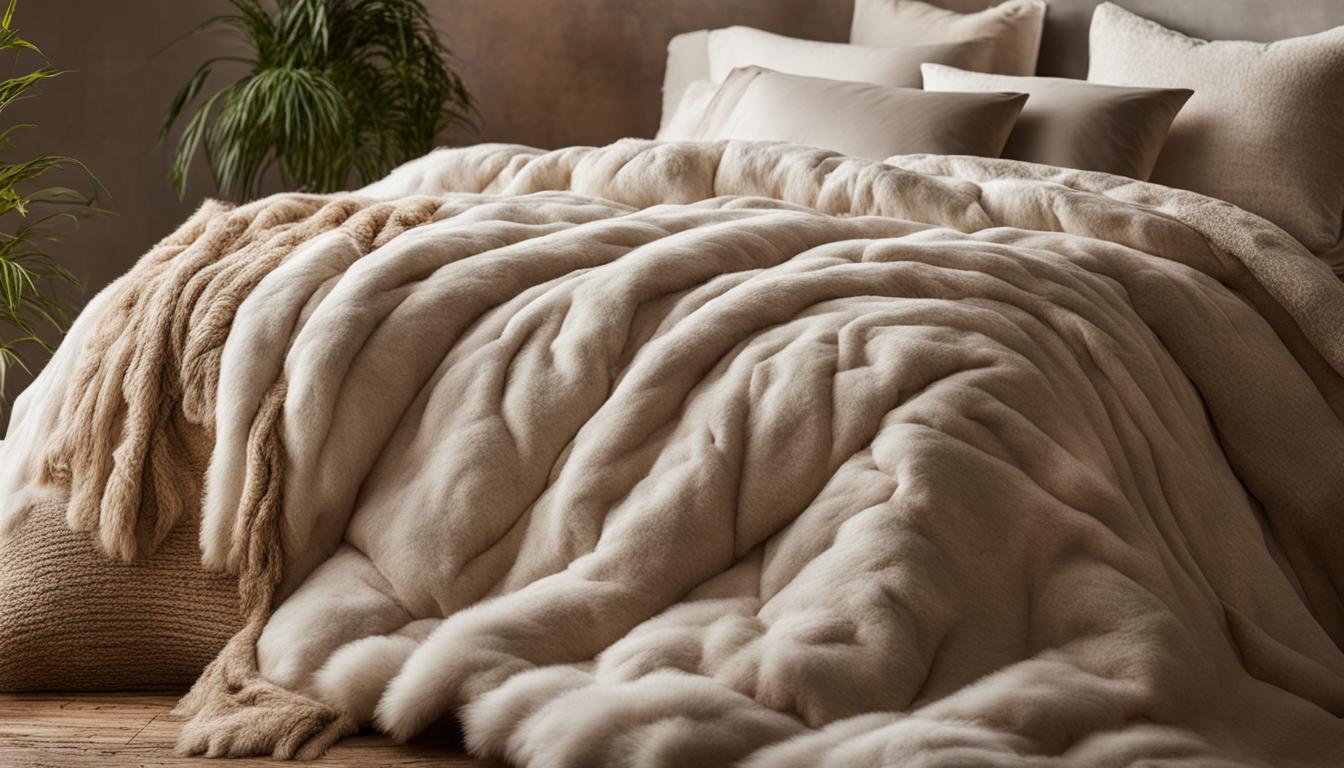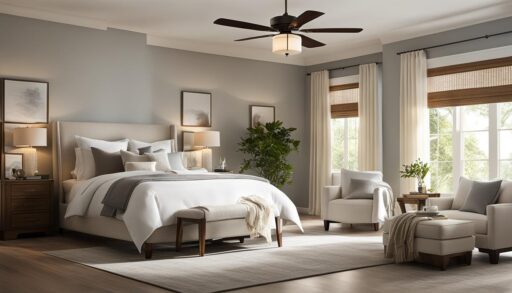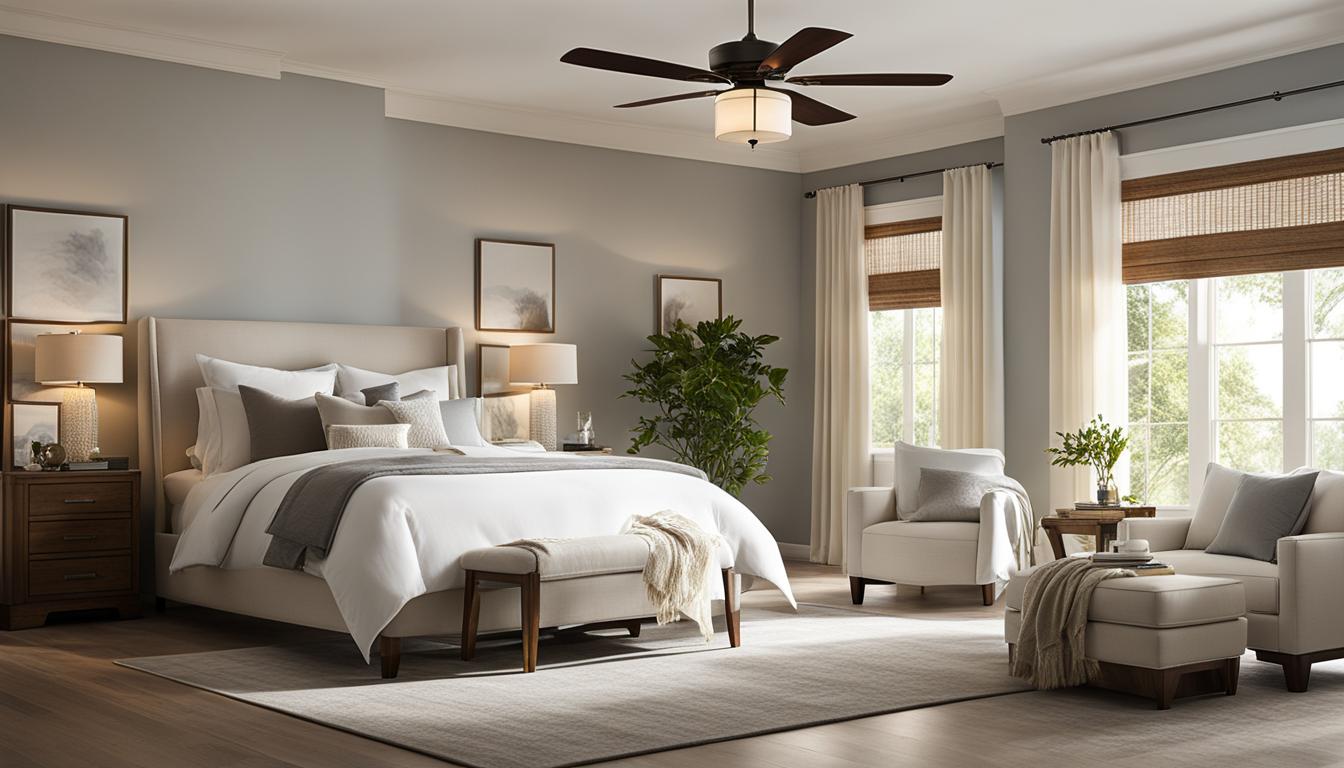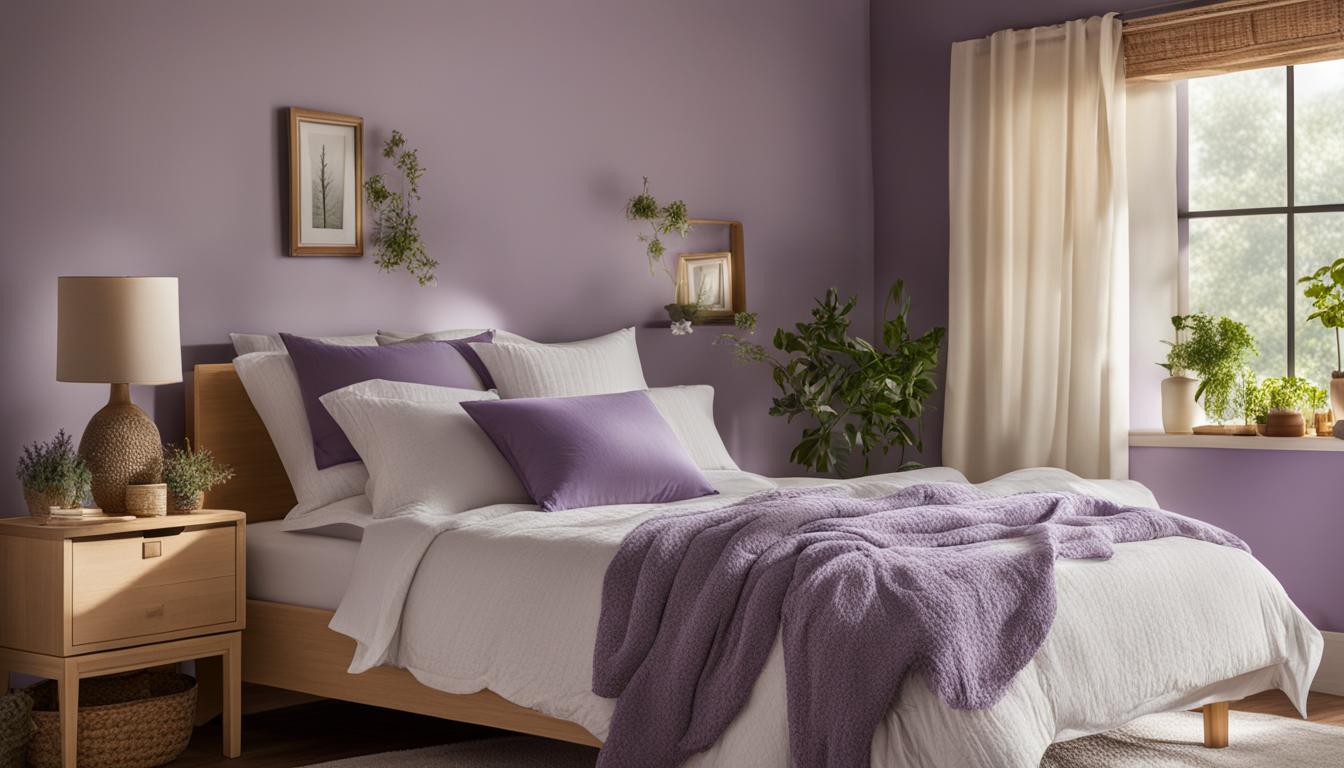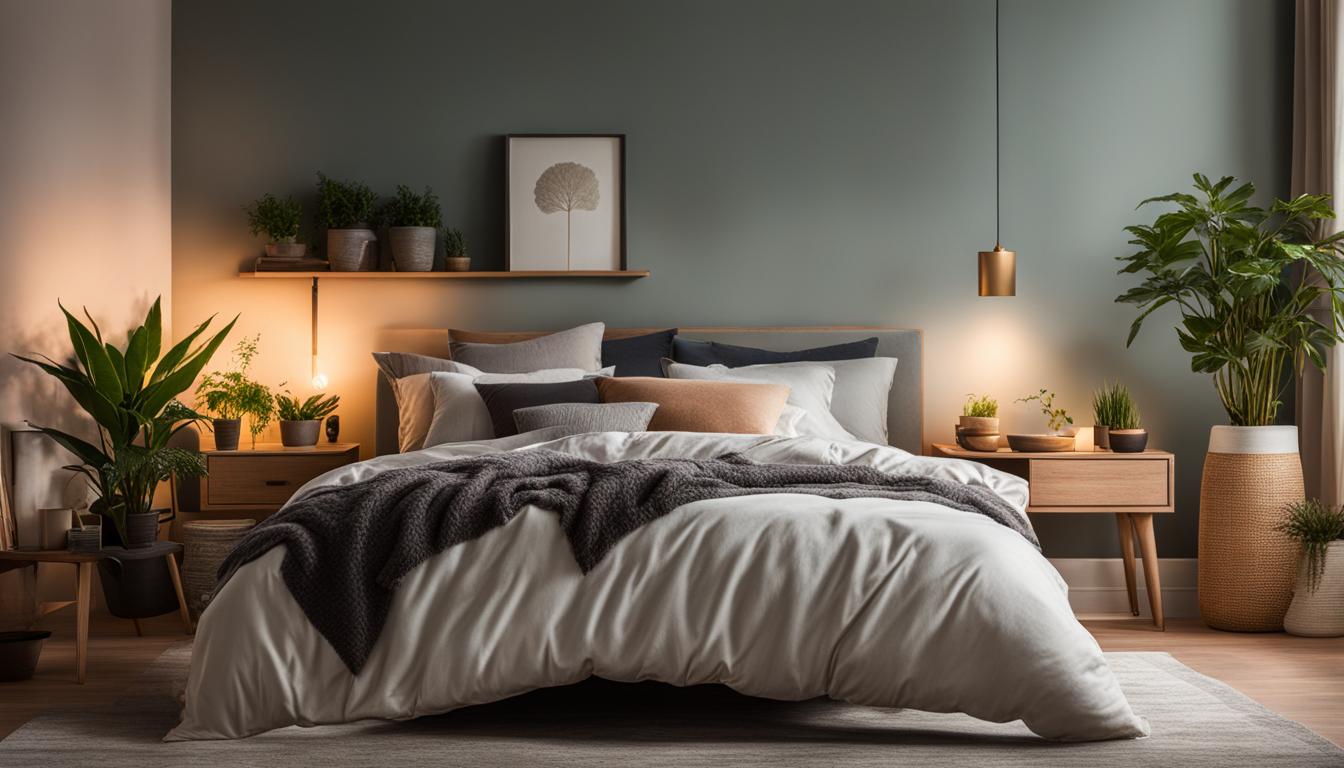Mattress Hygiene and Cleaning: The Complete Guide to a Healthier Bed
Mattress hygiene and cleaning are crucial for restful sleep and a healthy bedroom. Learn how to keep your mattress fresh, clean, and allergen-free.
Key Takeaways
- Regular cleaning reduces allergens and dust mites
- Simple schedules make mattress maintenance easy
- Choosing the right tools ensures effective hygiene
- Clean air contributes to a fresher mattress
Why Mattress Hygiene and Cleaning Matter
Your mattress is more than just a soft place to rest—it’s a high-traffic zone of your home. Each night, we shed around 500 million skin cells and sweat up to a pint. This creates a buffet for dust mites and a playground for allergens. Over time, a neglected mattress can impact your respiratory health, trigger allergic reactions, or worsen asthma. Routine mattress hygiene and cleaning dramatically reduce these risks and help you breathe easier—literally.
Studies suggest that people who regularly clean their sleep surfaces report higher sleep satisfaction. In addition, John Ryan by Design emphasizes that a clean mattress enhances comfort and reduces disruption caused by sneezing or itchiness. The Sleep Foundation confirms that a fresh mattress supports healthier air quality and extends the life of your investment.
Bottom line: treating your mattress with care isn’t just smart—it’s essential for wellness and better Zzz’s.
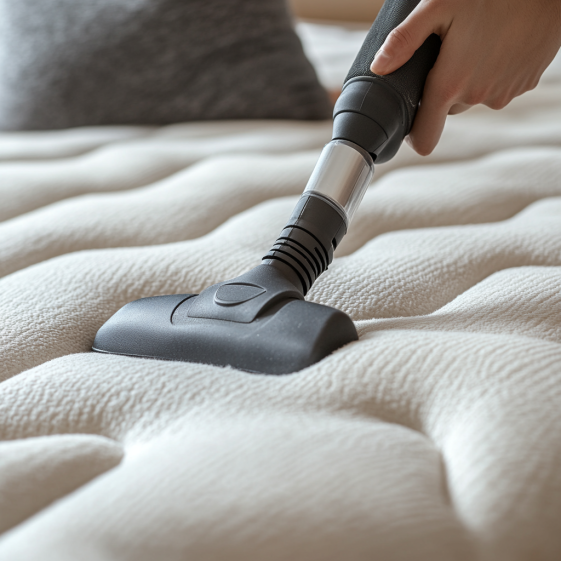
Set Up a Mattress Cleaning Schedule
Sticking to a routine makes mattress hygiene and cleaning manageable—and even satisfying. Think of it like brushing your teeth: the more consistently you do it, the easier it becomes. Here’s a reliable schedule to adopt:
- Daily: Straighten your bed every morning. Making your bed not only reduces dust accumulation but also starts your day with a sense of order.
- Weekly: Strip bedding and wash all sheets, pillowcases, and covers in hot water (at least 130°F) to kill bacteria and dust mites. Vacuum the mattress surface and edges with a HEPA-filter vacuum to catch allergens.
- Monthly: Rotate or flip your mattress if the design allows. Inspect for signs of wear, bed bugs, or mysterious stains—early detection prevents lasting damage.
- Seasonally: Deep clean the mattress by sprinkling baking soda, letting it sit for a few hours to absorb odors, and vacuuming thoroughly. Consider steam cleaning if needed.
Tip: Set calendar alerts or sync this routine with your monthly home maintenance checklist. These small habits add up to a fresher, more comfortable sleep environment.
For additional ambiance tips, check out our post on how to create a calming sleep sanctuary.

Organize Your Sleeping Space for Easier Care
Your mattress doesn’t live in a vacuum—it coexists with everything else in your room. That’s why maintaining a tidy sleep environment makes mattress hygiene and cleaning so much simpler. Too many throw pillows, layers of blankets, or cluttered nightstands create dust traps and hinder air circulation.
- Limit bedding to what you use nightly: a fitted sheet, one duvet, and up to two accent pillows.
- Store seasonal items like flannel sheets or weighted blankets in vacuum-sealed bags when not in use.
- Use nightstand trays or drawer organizers to reduce open-surface clutter and make dusting easier.
- Keep the area under your bed clear or use sealed bins—this reduces dust buildup and improves airflow.
Ultimately, a minimalist setup not only supports cleaner air and better mattress hygiene, but also promotes mental calm. A clutter-free room is a peaceful room—and peace is priceless at bedtime.

Quick Clean-Ups: Your Mattress’s Best Friend
Not every cleaning session has to be a marathon. Quick, regular maintenance keeps your mattress feeling fresh and extends its usable life. Here are some bite-sized actions that go a long way:
- Dust Mite Defense: Use a HEPA-filter vacuum to gently clean the mattress top and sides. Focus on seams where mites and debris collect.
- Fresh Air Flow: Strip the bed weekly and let the mattress breathe for a few hours by opening a window and drawing back the curtains. Sunlight can help eliminate bacteria and reduce odors naturally.
- Spot Stain Care: Treat spills immediately using a gentle, enzyme-based cleaner. Blot—don’t rub—to avoid spreading the stain or damaging fabric fibers.
And here’s a truth bomb: eating in bed might seem cozy, but one spilled snack can attract pests and cause stubborn stains. Create a food-free zone to maintain your mattress hygiene and cleaning efforts.
Small steps, big results—these regular mini-cleans keep your sleep space in top shape.
Choose Mattress-Friendly Cleaning Tools
When it comes to mattress hygiene and cleaning, the tools you choose can make all the difference. Using inappropriate cleaning agents or harsh equipment might damage the mattress material, reduce its lifespan, or even void the warranty. That’s why investing in the right supplies isn’t just smart—it’s essential.
Let’s break down the ideal cleaning toolkit for mattress care:
- High-Quality Mattress Protector: A waterproof, breathable mattress protector shields against sweat, spills, dust mites, and allergens.
- Upholstery Vacuum with HEPA Filter: Key for removing fine dust particles, dead skin cells, and mites embedded deep in the fabric.
- UV Sanitizing Wand or Device: UV-C light helps eliminate bacteria, mold spores, and viruses without chemicals.
- Non-Toxic Spot Cleaners: Use enzymatic or plant-based cleaners made specifically for mattresses.
- Baking Soda and Essential Oils: A natural combo for deodorizing and refreshing your mattress.
Having these tools on hand means you’re prepared for both routine upkeep and unexpected messes. With the right gear, mattress hygiene and cleaning become less of a chore and more of a confident, easy-to-manage ritual.
Indoor Air Quality: The Unsung Hero
What floats in your bedroom air eventually lands on your mattress. Pollen, dust, pet dander, and even cooking fumes can travel and settle into the fabric of your bedding and mattress surface.
- Open Windows: Even 10 minutes of fresh air daily can significantly dilute indoor pollutants.
- Air Purifiers: Choose one with a HEPA filter to trap fine particles.
- Hypoallergenic Bedding: Use allergen-resistant pillow covers and wash regularly.
According to Find the Home Pros, improving your indoor air quality supports mattress cleanliness and overall wellness.
Myth-Buster: Do Mattresses Really Need Professional Cleaning?
Here’s the truth: while regular cleaning works wonders, professional mattress cleaning offers deep cleaning through steam and UV tools. It’s ideal for those with allergies or after major spills.
- Been years since your last deep clean? Time to call the pros.
- Got persistent allergy issues? They may be mattress-related.
- Pet accidents or large spills? Professional help can salvage your mattress.
Annual deep cleaning is a smart reset that extends mattress life and elevates hygiene.
Mattress hygiene and cleaning are manageable with small, consistent actions. From daily tidying to annual deep cleans, every step helps ensure a healthier, cozier bed. Start small—your sleep will thank you.
FAQ
How often should I clean my mattress?
Vacuum weekly, rotate monthly, and deep clean every six months. Professional cleaning once a year can be beneficial.
Are mattress protectors worth it?
Absolutely. A good protector blocks moisture, allergens, and stains, making mattress hygiene and cleaning easier.
What’s the best way to remove mattress stains?
Blot the stain immediately, then apply a mattress-safe cleaner. Avoid soaking the mattress and allow it to dry fully.
Learn more in our guide to eco-friendly mattress care, or explore hypoallergenic bedding tips and our vacuum buying guide for the best tools.

